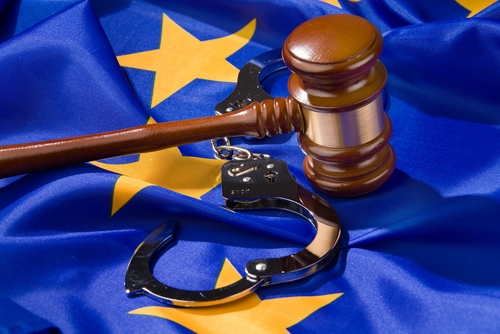Criminal law is primarily a national competence, although international cooperation has developed since the Second World War, in particular at UN and Council of Europe levels.

Used under licence fromShutterstock.com.
During earlier stages of European integration, the European Communities required Member States (MS) only to adopt effective, dissuasive and proportionate sanctions for infringements of Community law.
The situation changed after 1989, with the entry into force of the Maastricht Treaty. Under its third pillar, judicial cooperation in criminal matters became a matter of common interest for the MS and the EU. This common interest was strengthened some years later in the Amsterdam Treaty, with the policy to create the area of freedom, security and justice.
Aimed at overcoming the shortcomings of the dual regime (first and third pillar), the Lisbon Treaty, complemented by the binding EU Charter, has shaped a multi-layered legal framework moving towards a common European criminal justice area.
The perspective of a stronger criminal law strategy was defined recently in the Stockholm Programme (2010-2014), and in a subsequent European Commission communication outlining the definition of a European model in criminal law matters.
In this field, the EP has played an important role in terms of strategic influence. Its work has contributed to increasing legitimacy and democratic accountability.








[…] pages cover our briefing on ‘Towards an EU approach to criminal law‘. Recently defined in the Stockholm programme (2010-2014) the EU is moving towards an […]